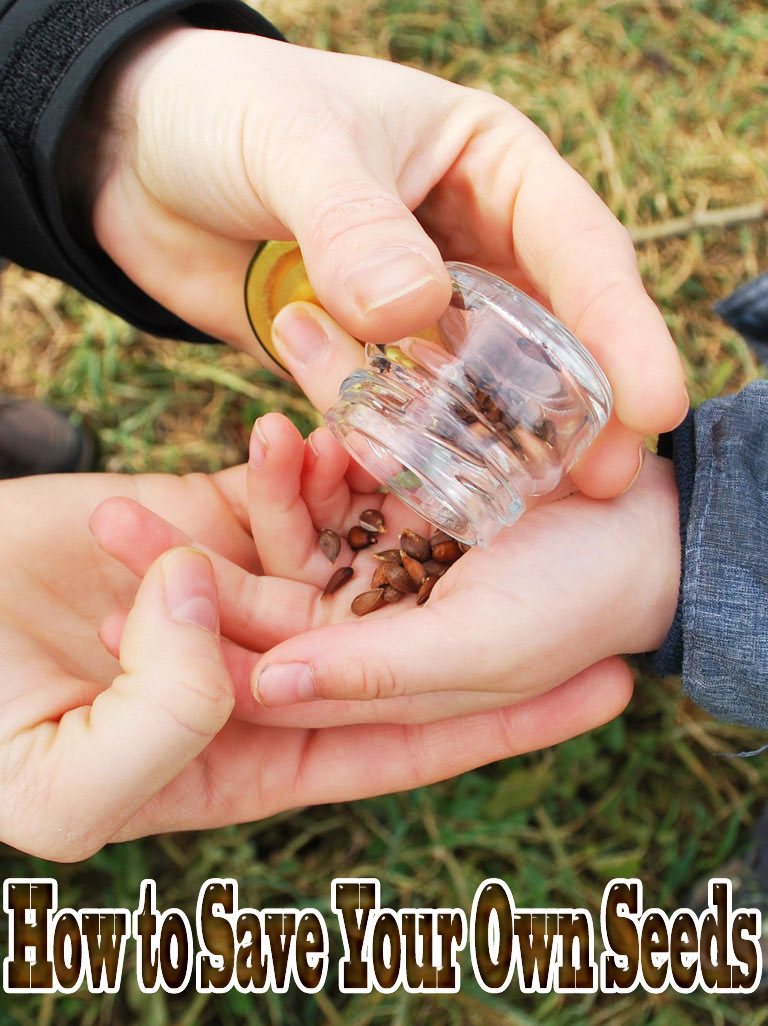
How to Save Your Own Seeds
I think there’s something very satisfying about producing your own seeds, of actually being able to grow something without having to pay for it at all (of course I am conveniently overlooking the money I spend on potting mix, organic fertilisers, mulch etc here but still…).
How to save seeds very much depends on the plant you wish to save them from however there are a few basic rules that it is good to follow.
- Select seed from plants that you want to mimic the characteristics of. For example if you want leaf coriander save seed from the plant that held for the longest before bolting, rather than the first to bolt.
- Save seed from the healthiest plant or fruit.
- Let the fruit fully ripen before harvesting for seed. (For some plants you will need to let it over ripen or dry out on the plant to get the highest quality seed. Eg tomatoes and beans )
- Store seed in a cool, dark place in air tight containers, or seed envelopes.
- Seed doesn’t last forever so use as soon as is practical. The longevity of seeds varies from plant to plant.
- Harvest seed from plants when they are dry, ie usually in the middle of the day both after any dew has dried off them and before the evening dew starts to set.
- Always label all collected seed with name of the plant, variety and date collected.
Saving seed from Beans & Peas:
I love bean seeds they are both tactile and in some cases quite beautiful. Beans are super easy to save seed from. They are self pollinating so you don’t have to worry about having different varieties. All you need to do is let good looking pods grow to full size and then dry out on the plant.
Once dry take the pods off the plant and remove the seeds from the pods. They can then be stored for about 3 years in seed envelopes or air tight containers. Peas seeds are harvested and stored in the same way.
Saving Seed from Chillies and Capsicums:
Chillies and capsicums are capable of cross pollination so if you have more than one variety in flower at the same time they may cross. This is fine if you are looking to create new types of Chillies (or are just happy to see what comes up) but less good if you want to continue to grow the same varieties. If you want to be sure your varieties come true from seed and you grow more than one type you will need to bag the flowers of those plants that you wish to collect seed from. By bagging the flowers you should ensure that insects can’t cross fertilise your plants. The bag needs to be large enough to allow the fruit to develop inside it as well as allowing light, but not insects, through it.
To harvest the seeds:
- Slice open plant ripened fruit and extract seeds.
- Dry on kitchen paper.
- Store in seed envelopes or air tight containers.
Saving seed from Carrots:
Carrots are a bit more complex than many veggies to save seed from. Carrots generally go to seed in their second year, although some, like the one pictured below, go to seed in their first year (I have to say I’m not sure what the implications are of saving seed from a carrot plant that went to seed in its first year – it might be fine or it might be an undesirable characteristic). Allowing the occasional carrot to flower is great for a few reasons; I think the flowers look great in the garden, they attract bees and you can save the seed.
To save the seed:
- Try and save it from the first of the umbels to shoot up as they will contain the best quality seed.
- If you have more than one type of carrot in the garden be aware that they will cross pollinate (but only if they are in flower at the same time) and so you may end up with something you weren’t expecting.
- Be careful if you are growing F1 hybrids it may be that the seed isn’t viable or the resulting plant doesn’t come true (ie isn’t the same as its parent) from the seed and you are left with unappetising carrots .
- Let the flowers go to seed and then leave the umbels on the plant until they have dried out.
- Cut off the plant and place upside down in a paper bag to dry completely.
- Once completely dry shake the seed free from the umbels.
- The resulting seed is hairy. If you want to remove the hairs simply rub the seed between your hands and the hairs will fall off. This is not essential, although they do take up less storage space with the hairs removed.
- Store in seed envelopes or in an air tight container for up to 3 years.
Saving seed from:Lettuce, Dill, Coriander, Lemongrass, Chervil, Celery:
There are a great many plants where harvesting seed is a simple process of waiting for the plant to flower, waiting for the flower to finish and for seeds to form and finally for the seeds to brown whilst still on the plant. Flower heads should then be placed upside down in paper bags to complete the drying process. The seeds can then be separated from the chaff, either by hand or by sieving depending on the type of seed. Seeds can then be stored in seed envelopes or air tight containers
Saving seed from Tomatoes:
Tomatoes are capable of cross pollination so like capsicums you either need to grow one type or bag any flowers that you wish to collect seed from. Fruits that you wish to collect seed from should be left on the plant until over ripe. It is advisable to do this fairly early in the season as those fruit are less likely to have picked up diseases and should be of a better quality. If you wish to select for early fruiting collect seed from the first plants to fruit.
Seed is harvested by cutting into the tomato, extracting the seeds with jelly attracted, and placing the jelly and seeds in a bowl of water to ferment for a couple of days.
This fermentation should perform dual functions of; making the jelly easier to remove, getting rid of any germination inhibitors present on the coating of the seed and finally it may help control seed borne diseases.
After your seeds have fermented for a couple of days then wash off the jelly and dry out on kitchen paper. Seeds can be stored after drying in seed envelopes or air tight containers.


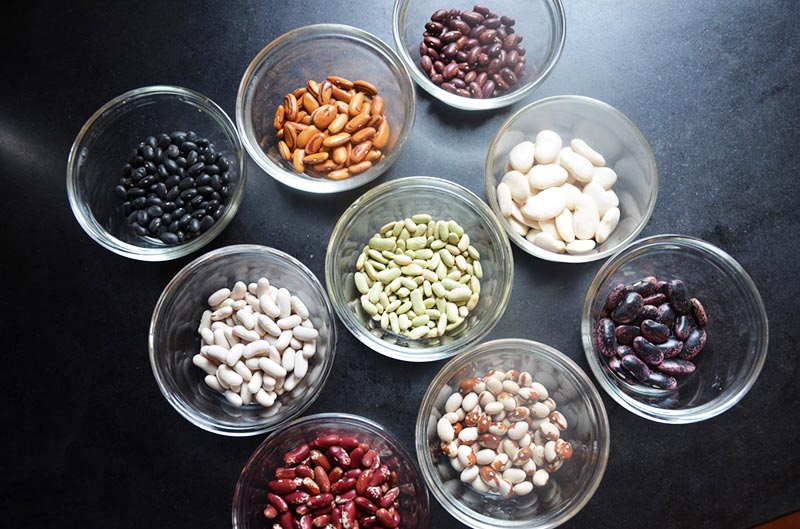
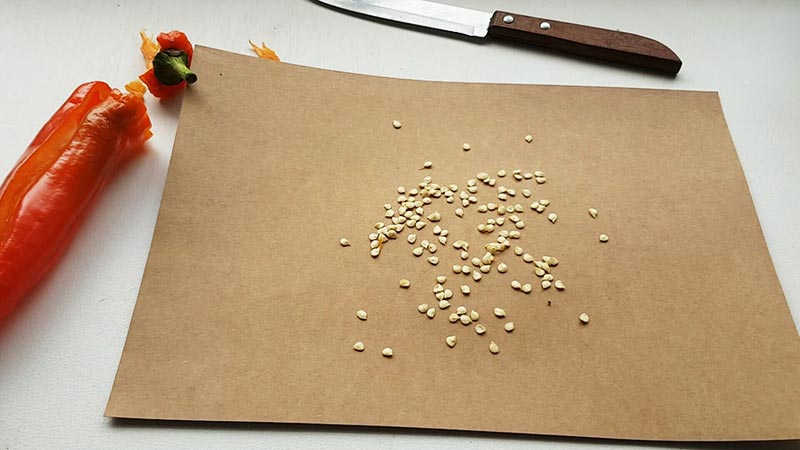

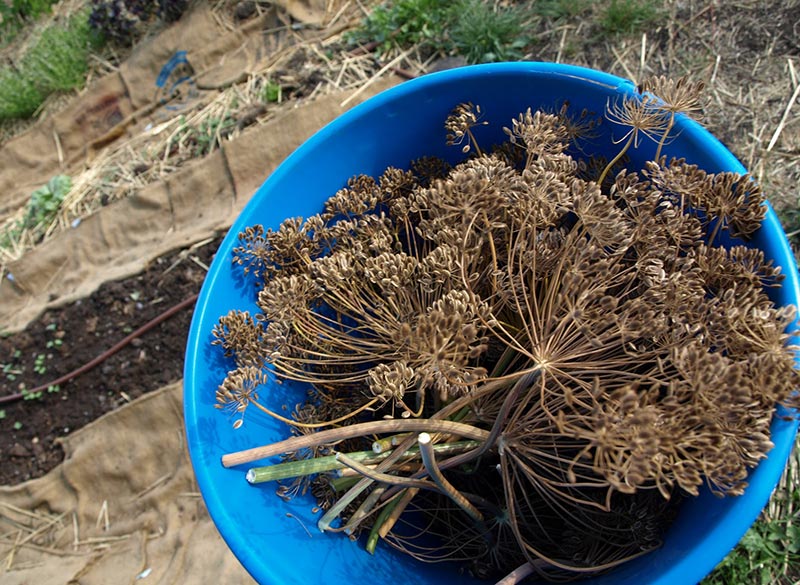



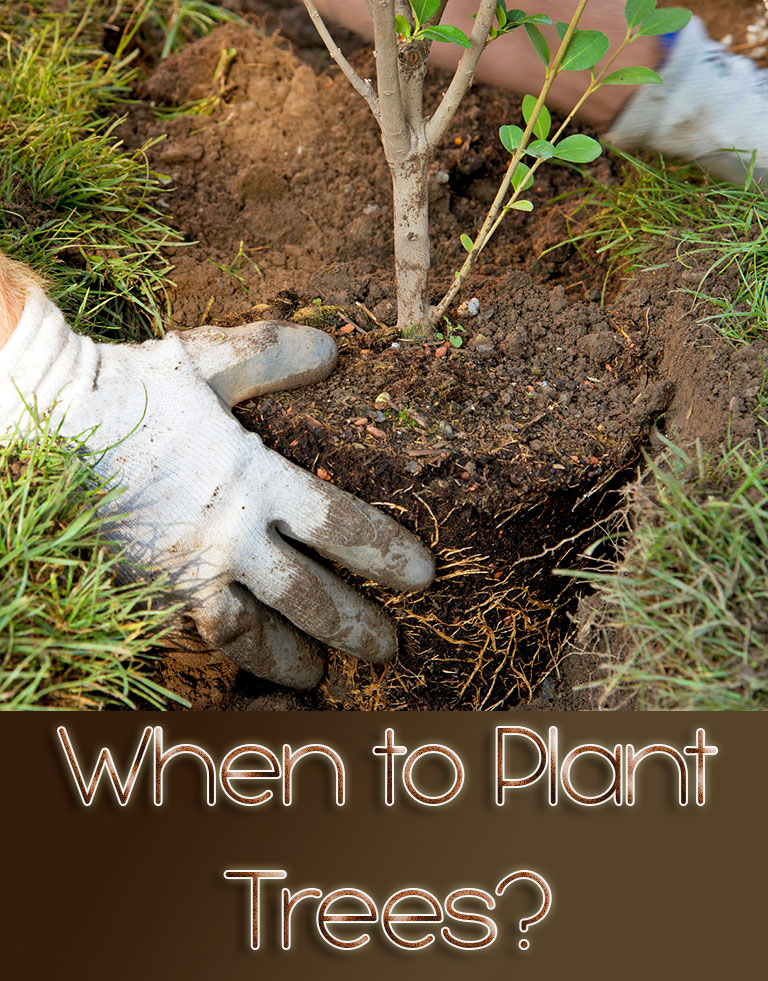
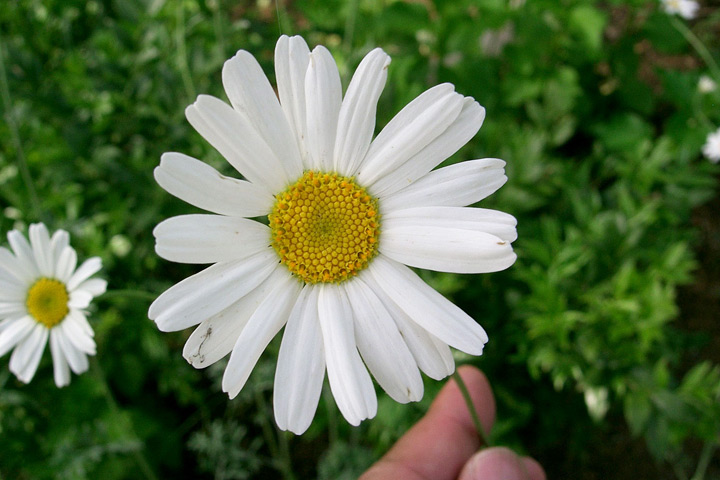

Leave a Reply